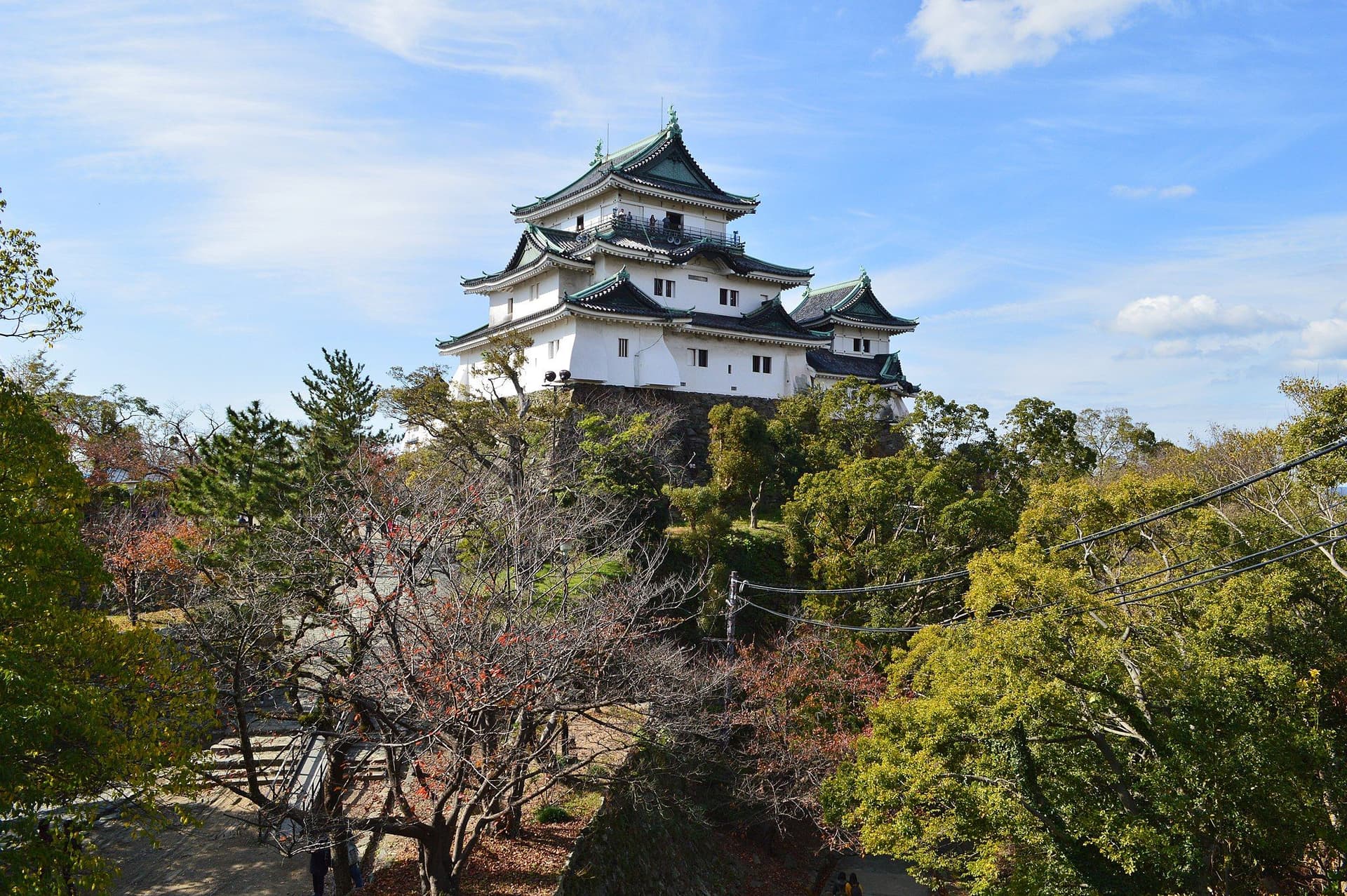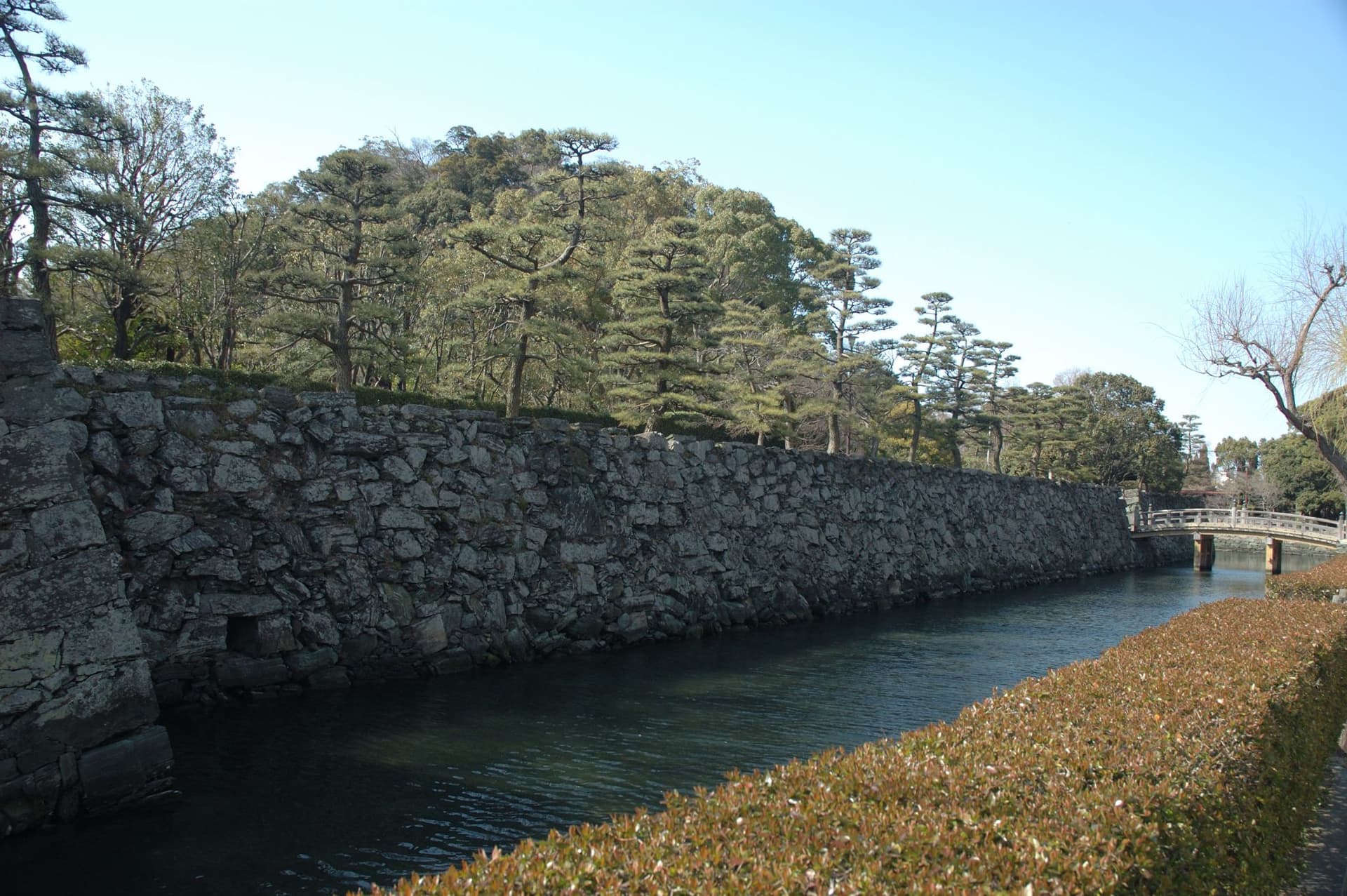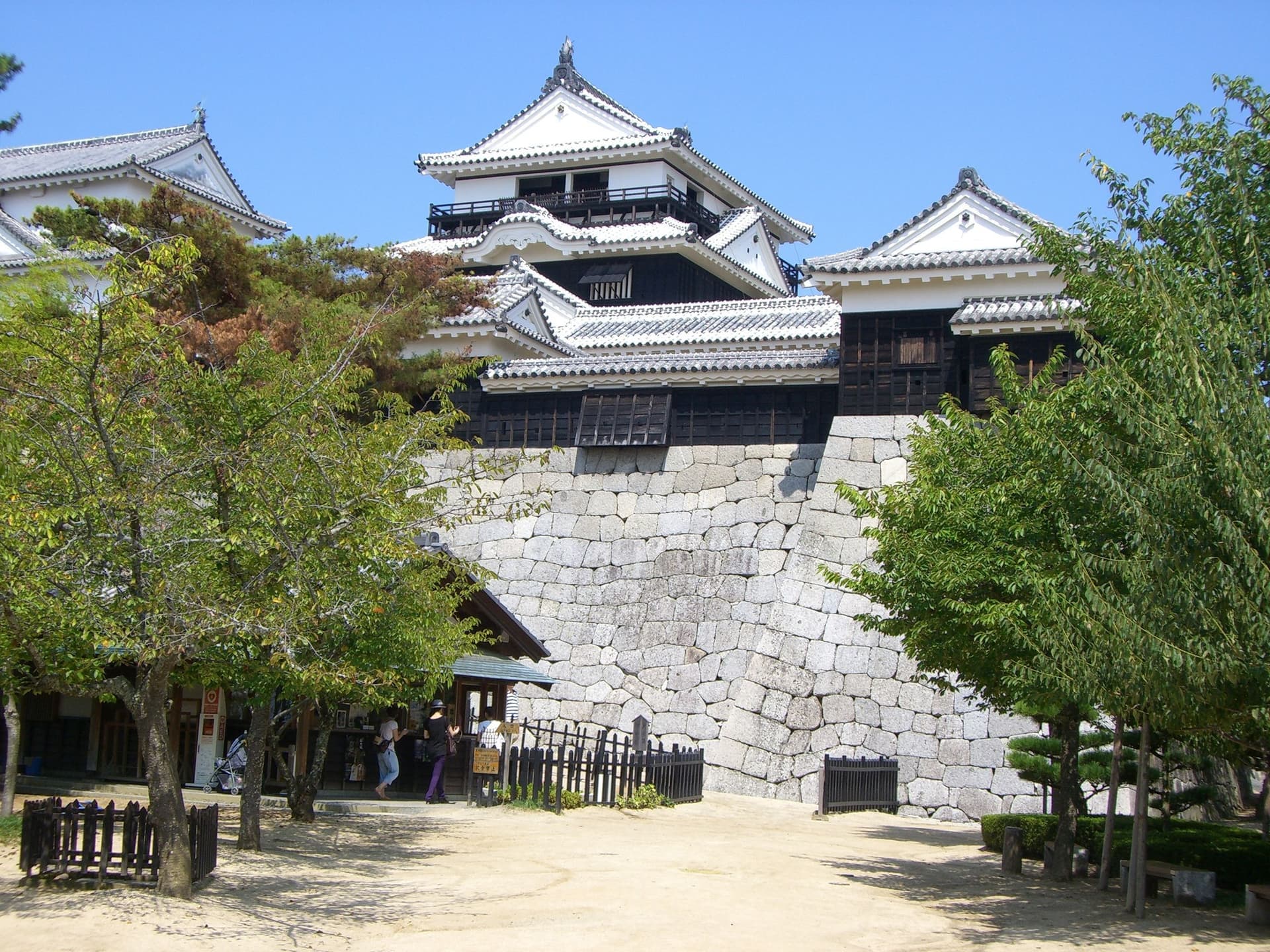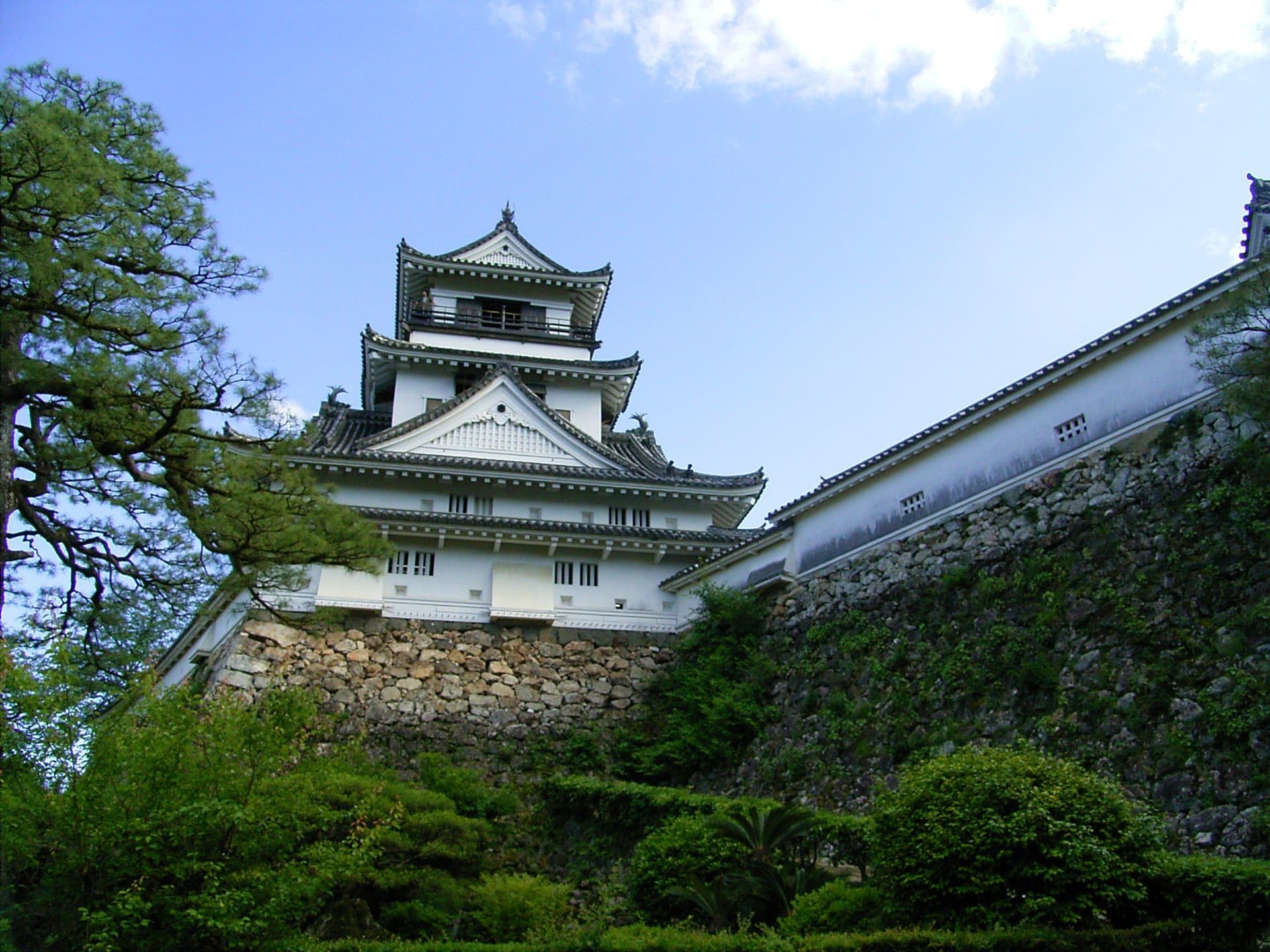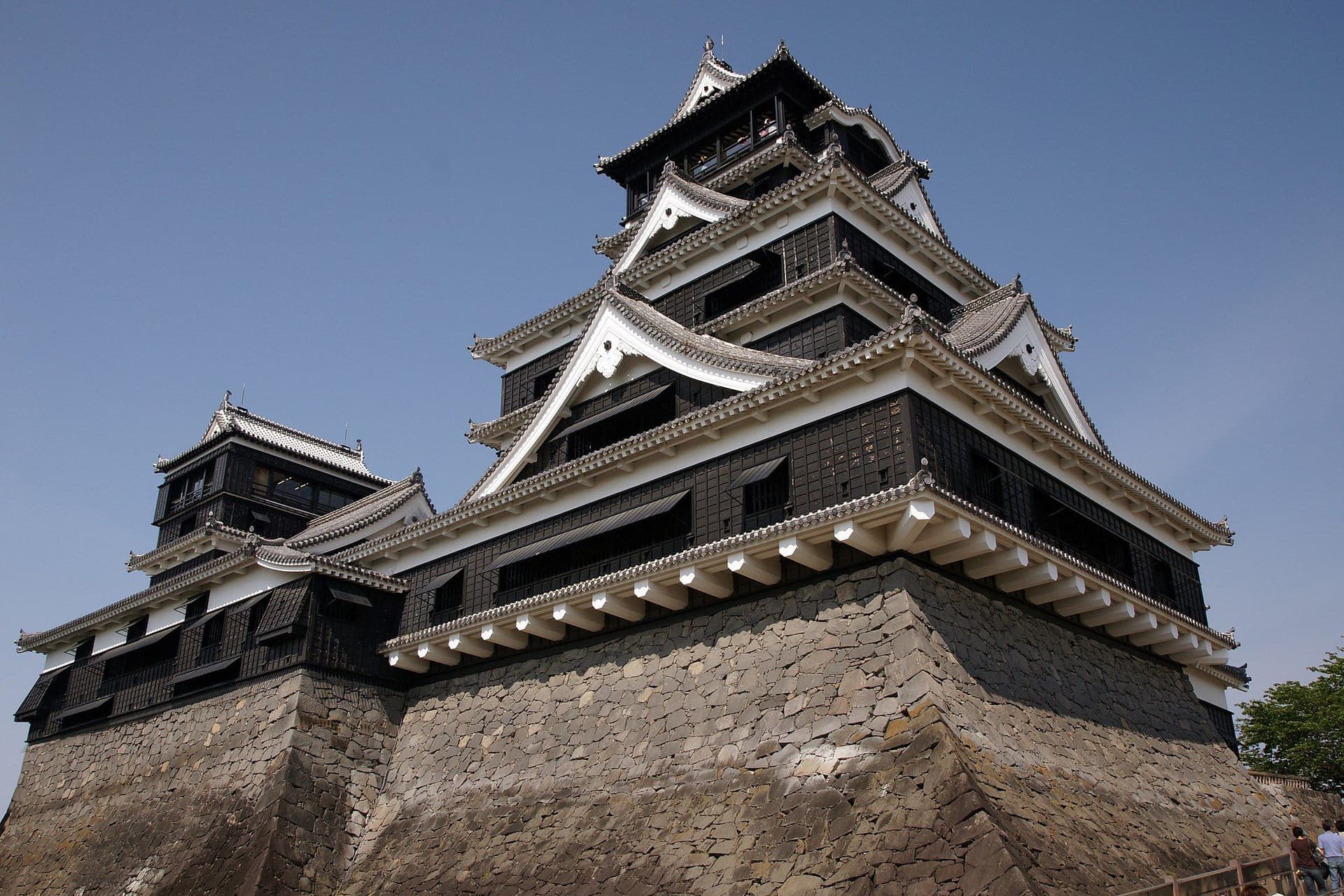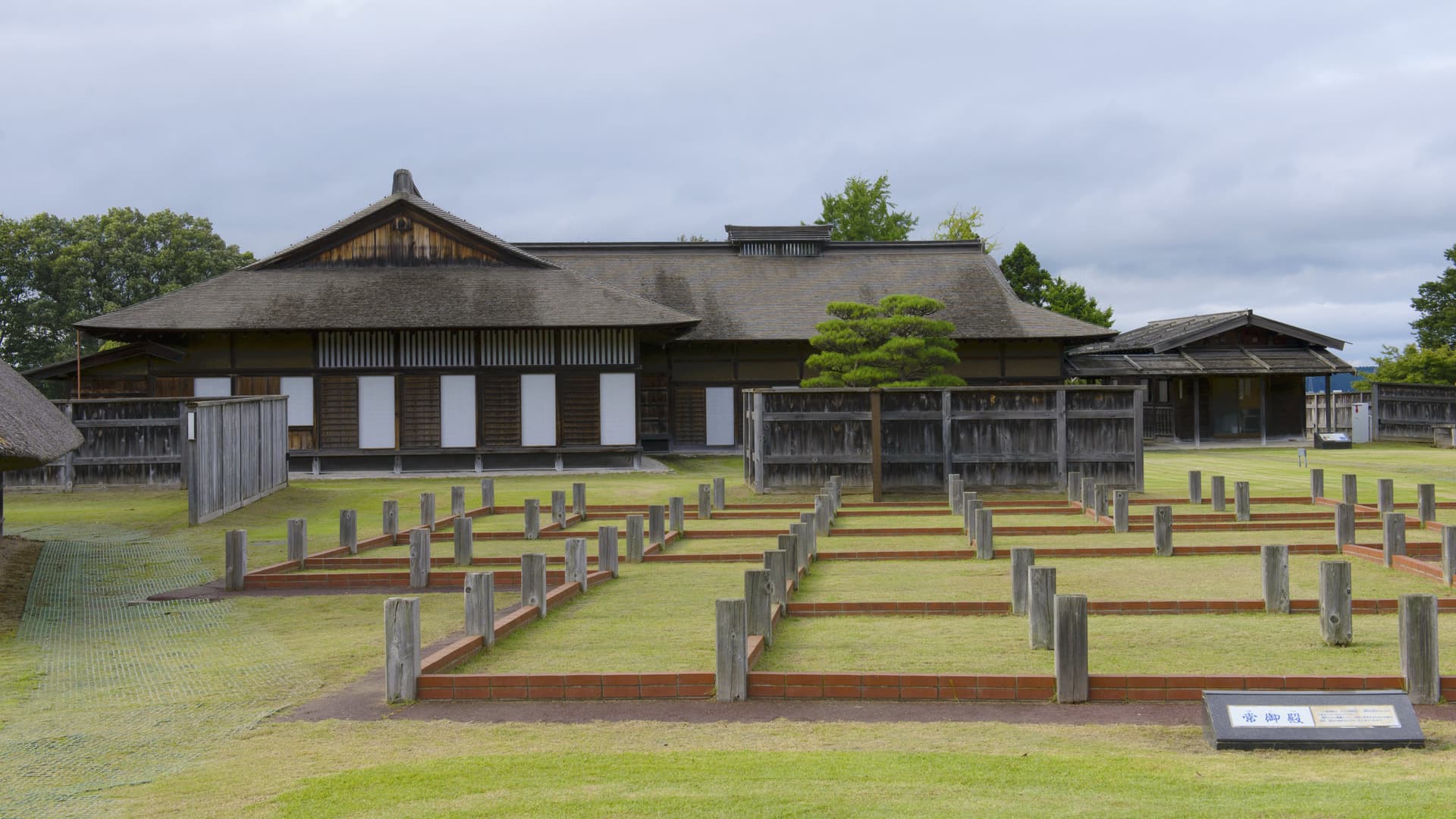
100 Fine Castles of Japan
日本100名城The Japan Castle Foundation's "100 Famous Castles of Japan" (日本百名城, Nihon Hyaku-Meijō) represents one of the most comprehensive cultural preservation initiatives in Japanese history. The Japan Castle Foundation published its list of the country's top 100 castles in 2006 to highlight notable fortresses and encourage visits.
The Selection Process
The castles were chosen based mainly on their importance as cultural assets or historic sites, their historical significance, and as representatives of different areas and periods. 100 famous Japanese castles were selected by Japan Castle Foundation, a voluntary association consist of historians, researchers of architecture, archaeologists and so on, in 2006.
The foundation established specific criteria for selection: having excellent historical value, being places of famous historical events, representing each region and era, and limiting selection to one to five castles per prefecture. Due to above reasons some castles other than typical castles are included, and because of number limitation some excellent castles are out of list.
Historical Span and Significance
The list encompasses Japan's entire castle-building history, from ancient times to the modern era. The oldest entry is the Yoshinogari site in Saga Prefecture, a moated village dating back to the Yayoi period (ca. 300 BC–300 AD). At the opposite end of the timeline stands Goryōkaku in Hakodate, Hokkaido, for which construction began in 1857 after the Japan-US Treaty of Peace and Amity made the city an open port.
The selection includes five castles currently designated as national treasures: Hikone, Himeji, Inuyama, Matsue, and Matsumoto. Notably, Himeji Castle is also a UNESCO World Heritage site in its own right, while Okinawa's castles or gusuku are part of the Gusuku Sites and Related Properties of the Kingdom of Ryūkyū, and Nijō Castle is included in the Historic Monuments of Ancient Kyoto.
Architectural Evolution
The program showcases the evolution of Japanese castle design across centuries. Early fortresses were utilitarian, and this continued even into the Warring States period, with its yamajiro, or mountain castles. The warlord Oda Nobunaga (1534–82) instigated a shift to spectacular constructions as a show of power with his Azuchi Castle.
Some of Japan's best-known castles were built from the late sixteenth to early seventeenth century. This was the time of the construction of the iconic fortresses with central keeps, stone walls, and moats that now form the popular image of the Japanese castle.
Preservation Reality
The harsh reality of castle preservation is sobering. Natural disasters, planned destruction under new regimes at the start of the Edo period and Meiji era (1868–1912), and World War II air raids destroyed many historic structures. In fact, there are only 12 castles with central keeps built prior to 1868 that survive intact in their premodern forms.
The Stamp Rally Innovation
In 2007, a stamp rally was added to go along with the 100 Finest Castles in Japan list. The goal was to entice people to deepen their knowledge of the history of Japan and with the stamp book, it helped increase interest in castles. This innovative approach transformed castle visiting into an engaging cultural activity.
And the Japan Castle Association also makes it clear on their website that they don't intend for people to run around like crazy trying to get them all at once. Take your time and enjoy it! The foundation emphasizes quality over speed in the castle exploration experience.
Related Places
Last Updated:
















